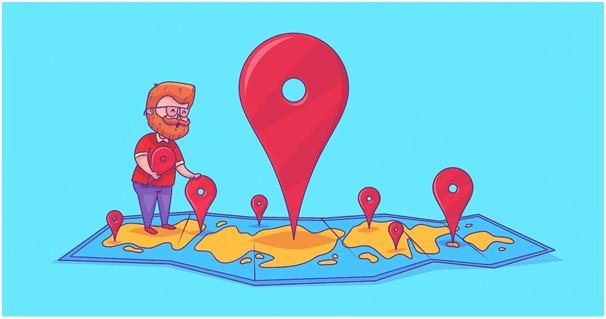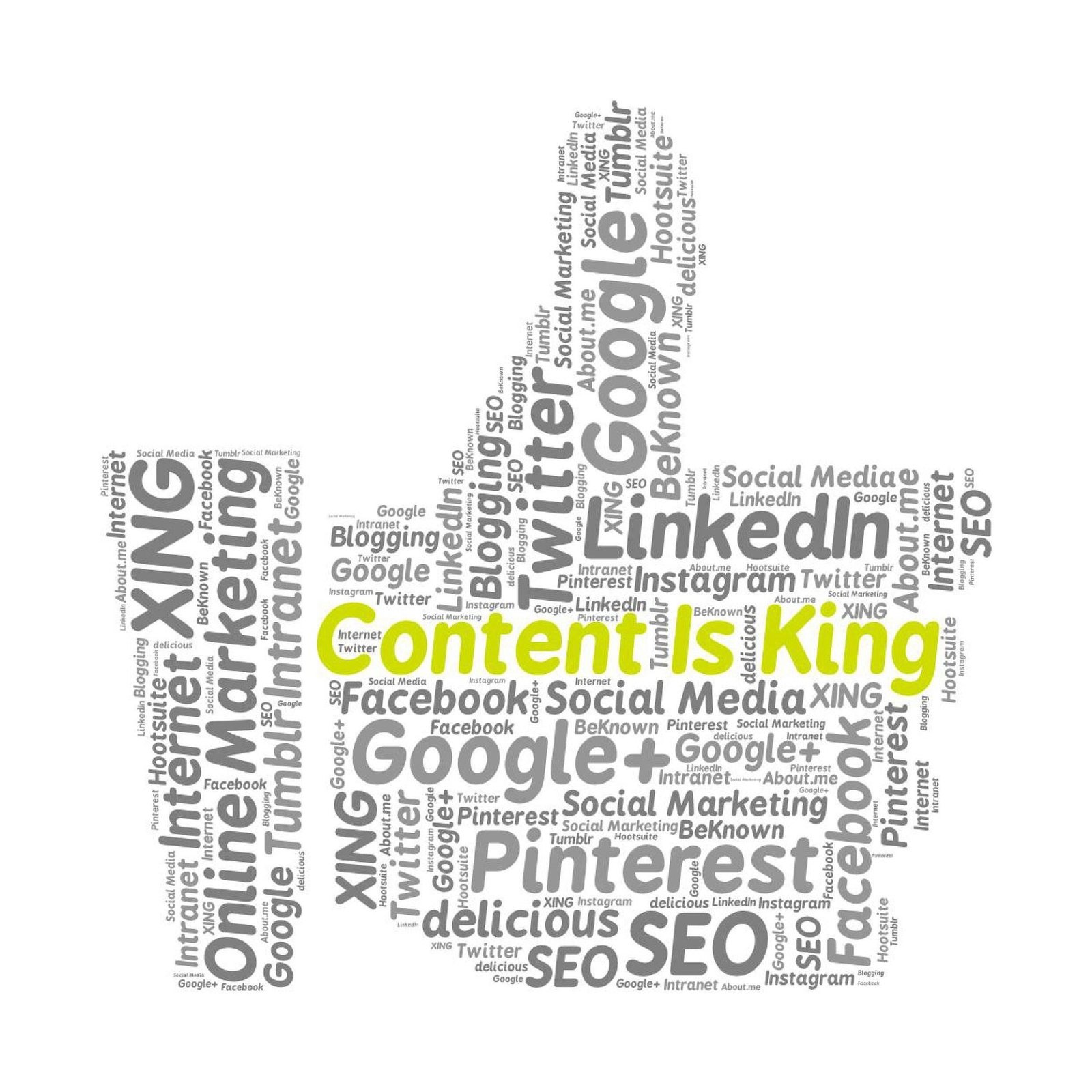How to plan, execute and measure a successful content strategy in a Marketing plan

By focusing on achieving sustainable results and attracting business opportunities organically, a content strategy is a complex and deep process , made up of different tasks, edges and tactics.
In addition, it involves various practices and fundamental actions of Content Marketing , such as SEO (search engine optimization) and the constant measurement of results through metrics.
If you want to know, more accurately, what the dynamics of this kind of strategies are like, going through their planning, execution and analysis, take a look at the rest of this material!
Table of Contents
In itself, what is a content strategy?
As its name reflects, it is a strategy that brings together everything related to the planning, management, development and distribution of content , as well as the analysis of the impacts they have and the results they provide.
It is important not to confuse this methodology with traditional corporate communications, which allow you to report on the plans, promotions and initiatives of companies.
In fact, when it comes to content production in a Marketing plan, the focus is not on the business, but on people. Yes, this is how you read it!
And is that the objective of this strategy is, first of all, educate the market , showing how they can solve their needs and solve their problems.
To ensure that this process, in addition to being educational, achieves the conversions of Digital Marketing in a sustainable and organic way, it must have the following stages:
- planning;
- definition of the Buyer Persona;
- content creation and optimization;
- content distribution;
- analysis and metrics of results.
But what do these phases consist of and how to properly develop them? We will answer this fundamental question in no time!
1. The ABCs of planning a content strategy
As you already know, a content strategy is much more than a process that seeks to inform what a company does or will do.
It is a comprehensive process, focused on improving brand positioning , building authority in a certain market, educating it, and, of course, attracting users and generating business opportunities.
In addition to these purely Marketing objectives , this strategy is a vehicle towards valuable goals for the business itself. They are between them:
- market expansion,
- expanding the supply of goods and services,
- the increase in sales,
- and, even, the increase in the value of the brand.
Precisely, in the planning stage we have to capture all these objectives that we want to achieve , as well as the practices that will allow us to achieve them and the metrics and indicators that will help us know how close or far we are from them.
The actions and tactics that we must specify and develop during planning include:
Positioning in keywords of a certain market
The keywords are the words and sentences used by users to search engines like Google and Bing.
Obviously, each market segment has keywords that represent a very good opportunity for positioning in search engines and thus guarantee exposure and visibility to all content strategy.
For example, if it is universities, “study a career”, “best careers” and “professional education” could be very good keywords .
So that these words are not established based on intuition, we can use free tools such as Ubersuggest, which will show us data such as the volume of searches and the difficulty of SEO positioning , as reflected in the following image:
Development of key themes for the market
The importance of educating the market lies mainly in the fact that brands gain authority and reputation by doing so.
Explaining how certain products are used, how certain areas and processes are optimized, and producing didactic content is ideal for generating leads , since users prefer to approach brands and organizations that project professionalism, knowledge and experience .
That is, with the correct application of the permission principle of Inbound Marketing , users are given constructive reasons to engage with a brand, since it helps them solve real problems and doubts.
Right content for the right people
To guarantee a good return on investment (ROI) for Content Marketing , within the planning of the strategy it is necessary to prioritize the qualification .
In other words, it is essential that we can detect which are the key issues of the market segment and, also, what kind of people can really feel interested in our products and services.
This immediately brings us to the definition of the Buyer Persona.
2. How to define the Buyer Persona?
The Buyer Persona is a fundamental resource in a content strategy, since the qualification, the effectiveness of the different materials and the impact they will have on the users depend on it.
This term refers to the semi-fictional representation of the ideal client , which goes far beyond the traditional concept of the target audience.
In fact, we could value BP as an expanded concept of the target audience , which in addition to taking into account factors such as age, location, purchasing power and level of education, focuses on much more personal aspects, such as:
- preferences;
- worries and pains;
- short, medium and long term objectives;
- dreams;
- problems;
- how it operates on the Internet and social platforms;
- perspectives, ideas, reasoning and thoughts regarding the environment and different topics.
Logically, to define a profile as accurate as this we must follow certain steps. These are:
Do interviews with clients and prospects
In order to develop the BP profile, assumptions and intuitions must be set aside. This process, like all research, demands the application of investigative techniques and effective methodologies, such as the interview .
Among other things, it is necessary to ask about work routines, positions or segments, objectives, challenges, difficulties and habits of purchase or consumption.
Of course, when interviewing clients and prospects it is important not to forget to ask questions about trajectory and personal data .
Collect information with the sales team
A good content strategy is one that involves different departments and areas related to the commercial sphere, such as sales and Marketing, mainly.
This teamwork must be present from initial stages , such as the creation of the Buyer Persona profile.
Therefore, it is necessary to collect and hierarchize together the information that has emerged through the interview process.
In the end, sellers are in direct and constant contact with prospects and those who have become customers, which is why they know for sure what characteristics the Buyer Persona should have.
Collect data on the behavior of the ideal customer
Here you must integrate and analyze all those data that show how the user behaves within your market segment and, also, on how you move on the Internet.
Basically, it is about condensing all the information that allows us to know where to find the potential client and how to approach it.
This can be done from surveys with the company’s contact base or from specific investigations, based on public domain data such as economic reports released by the government.
Organize the information obtained and create the profile
This step can be valued as the personification of all the information obtained.
It consists of taking the data and translating it into a spreadsheet or an editing document to start structuring the Buyer Persona.
To make this process easier, organized and agile, we can use a predefined template like the one provided by our tool to generate Buyer People , which is free. With it you can download a PDF file to record the information!






